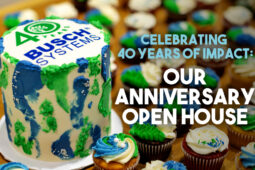July 25, 2016
Carbon Sequestration is a process where carbon dioxide is removed from the atmosphere for long term storage in plants, soils, geologic formations, and the ocean also referred to as carbon sinks. This occurs both naturally as a part of the carbon cycle and as a response to the growing amounts of carbon dioxide entering the atmosphere that has been leading to climate change.
Sequestration has become increasingly popular as carbon dioxide levels increase due to human activities, notably the burning of fossil fuels. Because these levels have been rising, more carbon and other greenhouse gases have been trapping more of the Sun’s rays on the Earth, causing global temperatures to increase steadily. Sequestration can play a significant role in removing the growing issue of climate change by removing carbon for storage and preventing it from ending up in the atmosphere.
—
Other Sources
Selin, Eckley Noelle. “Carbon Sequestration.” Encyclopaedia Britannica. https://www.britannica.com/technology/carbon-sequestration. Accessed July 26, 2016.
United States Environmental Protection Agency. “Carbon Dioxide Capture and Sequestration.” EPA. https://www3.epa.gov/climatechange/ccs/. Accessed July 26, 2016.







